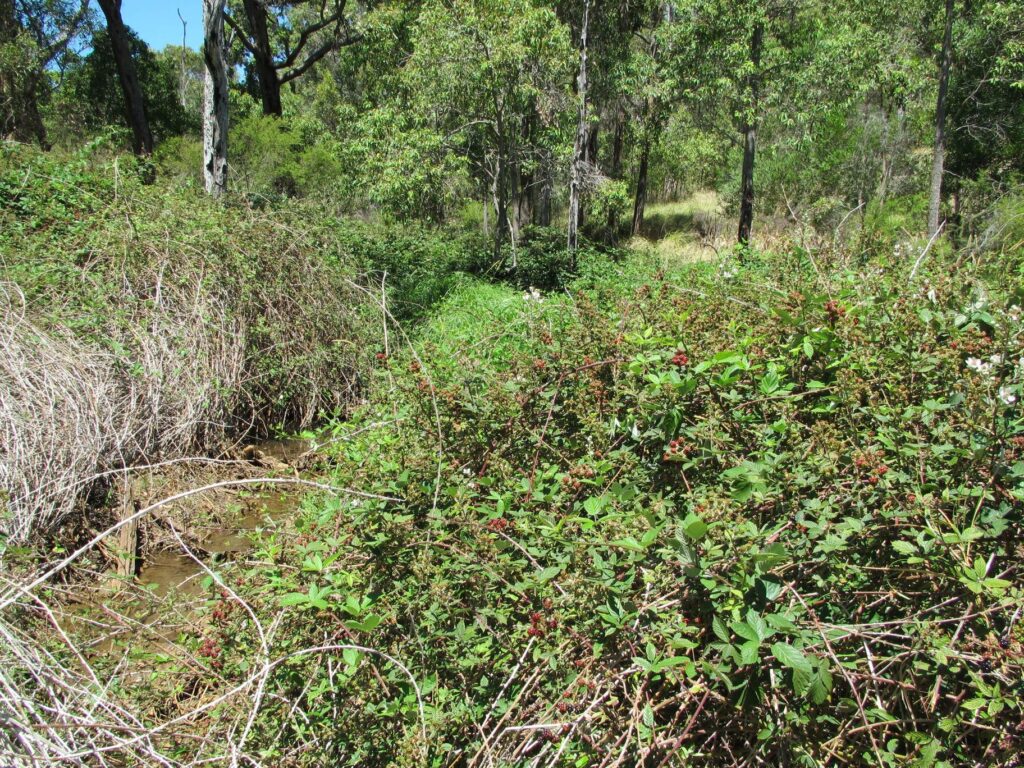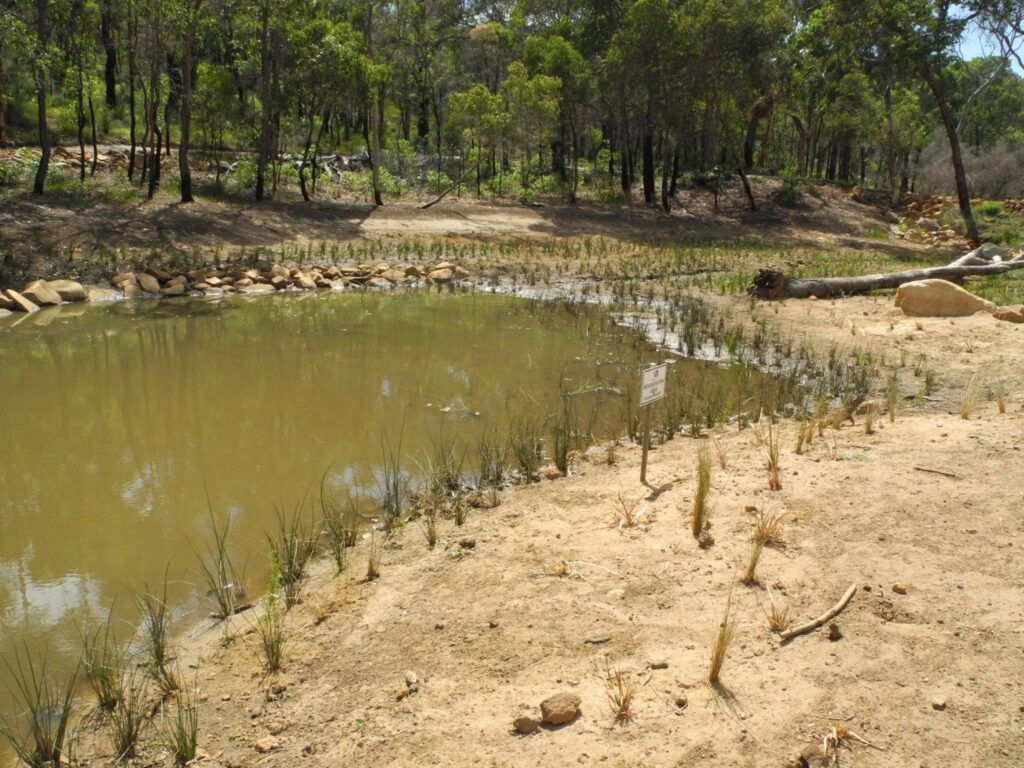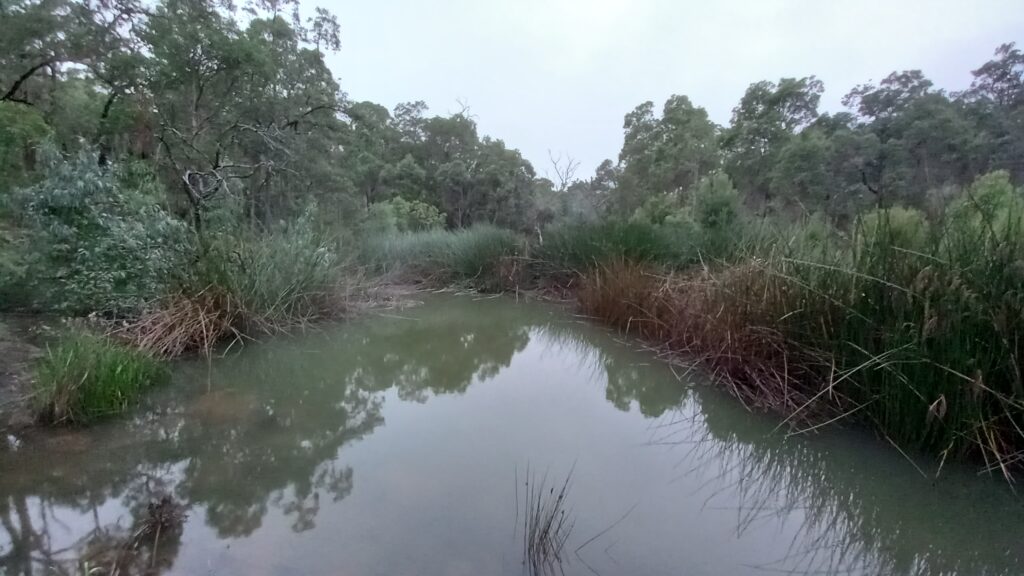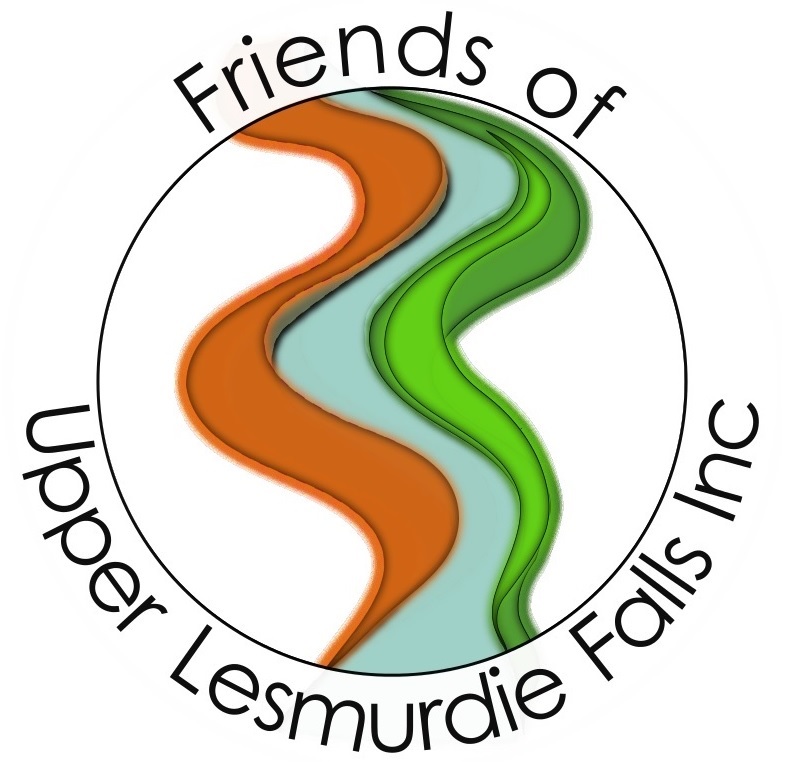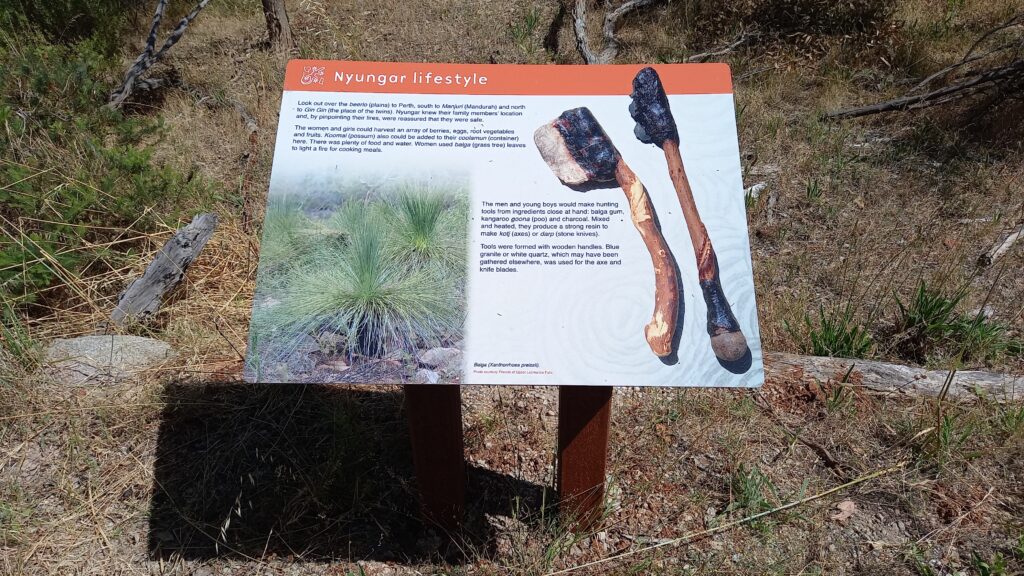Friends Of Upper Lesmurdie Falls
In December 2012 a few like minded people banded together to form a Friends group for the area in the Mundy Regional Park, Western Australia, which lies above the Lesmurdie Falls in the hills east of Perth. This area had large infestations of weeds which had replaced the native flora and left the area badly degraded. The Friends of Upper Lesmurdie Falls have committed themselves to helping to rehabilitate and improve the appeal of the area.
The Friends of Upper Lesmurdie Falls are also committed to improving the use and enjoyment of the area by the general public, and we have created places where visitors can rest and enjoy the park, along with a few areas suitable for picnics and other similar, low impact uses.
We have a very large task ahead of us and are keen to hear from anyone interested in contributing to this fantastic project. There are many different ways that people can get involved and some of them can even be conducted from the comfort of your home (e.g. historical research etc.). If you do decide to join us, we give you a firm undertaking that you will be the one who decides when and how they want to contribute. We will not pressure you to do more than you are completely comfortable with as we want you to enjoy your involvement with us.
For more information or to join the group use the enquiry form on the Contact Us page on this website.
Our Projects
Up the Creek
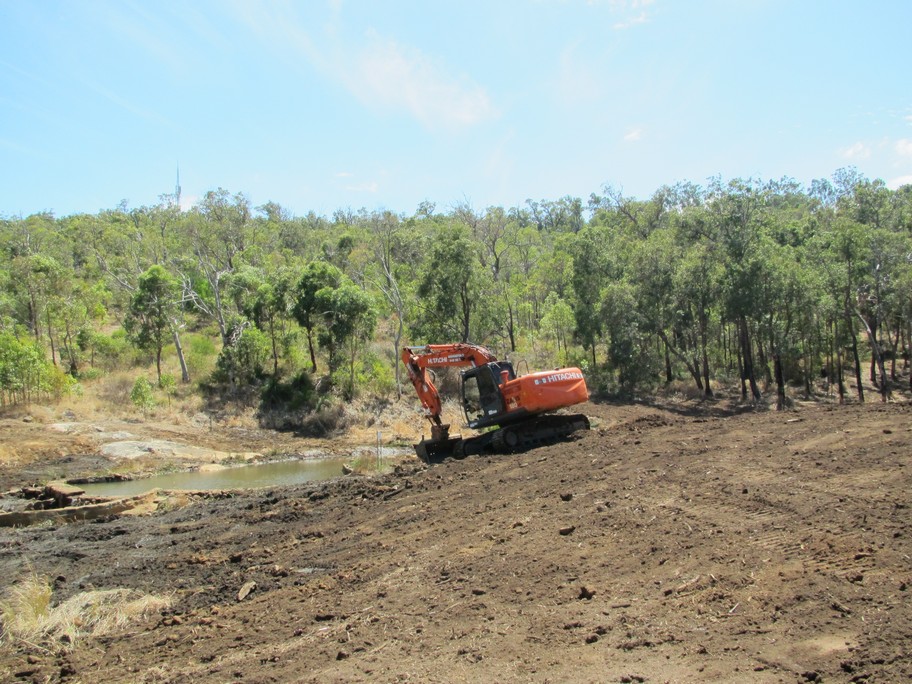
In 2015 we partnered with the Lesmurdie & Districts Community Association (LDCA) to improve the amenities at the site with the Up the Creek project. This project was sponsored by Kalamunda Rotary, the Shire of Kalamunda, Bendigo Bank, Lotterywest and the LDCA themselves. Read more…
Stream Rehabilitation
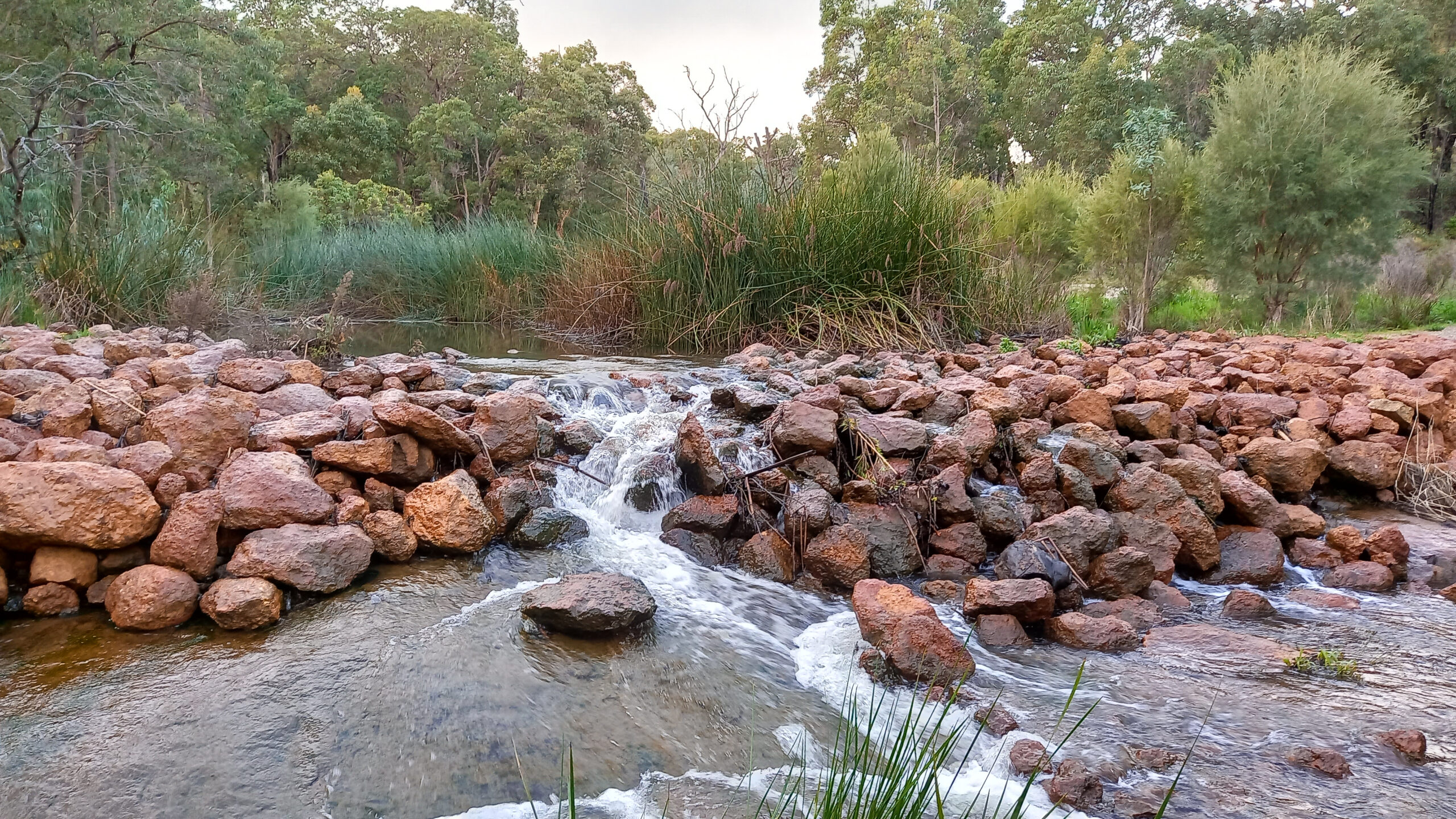
Stream rehabilitation is a very important component of our work, as much of the section of Lesmurdie Brook which flows through the area was either eroding or prone to erosion. A high priority for us was to develop plans to stabilize the banks and improve the habitat surrounding the stream. Read more…
Weed Eradication
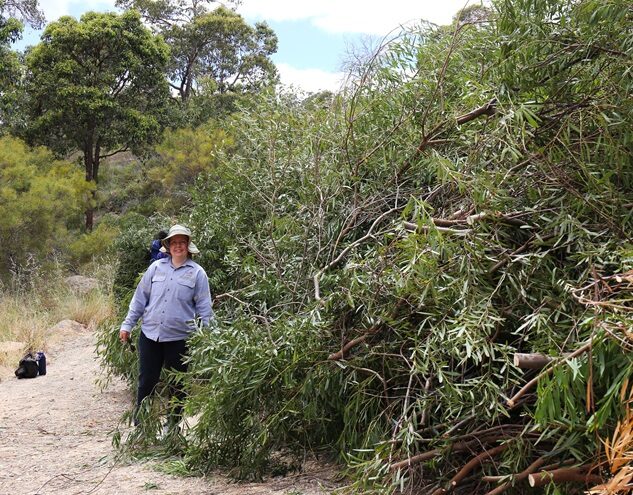
Areas along the brook that were settled in the past have become seriously degraded and that is where our help is most needed. Our most serious weeds are Blackberry, African Feather Grass, Watsonia, Freesias and a variety of non native trees and shrubs (woody weeds). Read more…
History

In addition to the rehabilitation of the natural environment, we also want to acknowledge the history of the area. Over the past one hundred years or so, a number of people have settled in the area. Read more…
Lesmurdie Brook Loop Trail

The Up the Creek project has seen the completion of a 1.5 km walk trail – the Lesmurdie Brook Loop Trail. This trail is of a very high standard and most people will find it an easy and very rewarding walk. Read more…
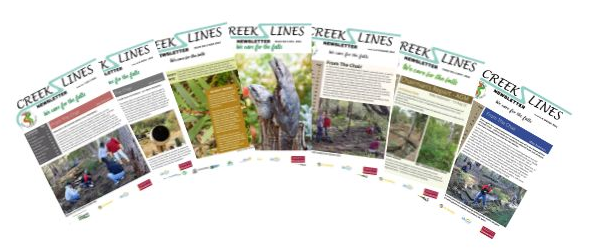
Find out all about our activities in our quarterly newsletter ‘Creek Lines‘
Rehabilitation example – installation of the lower leaky dam
